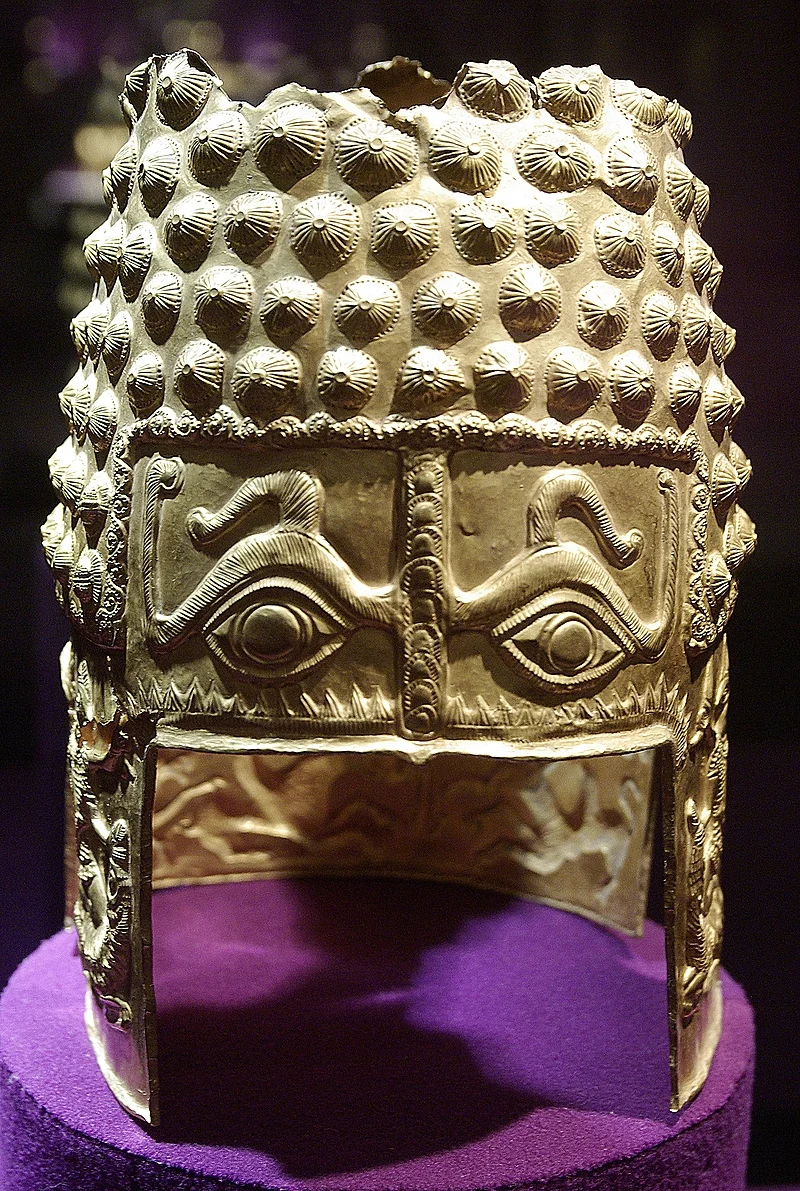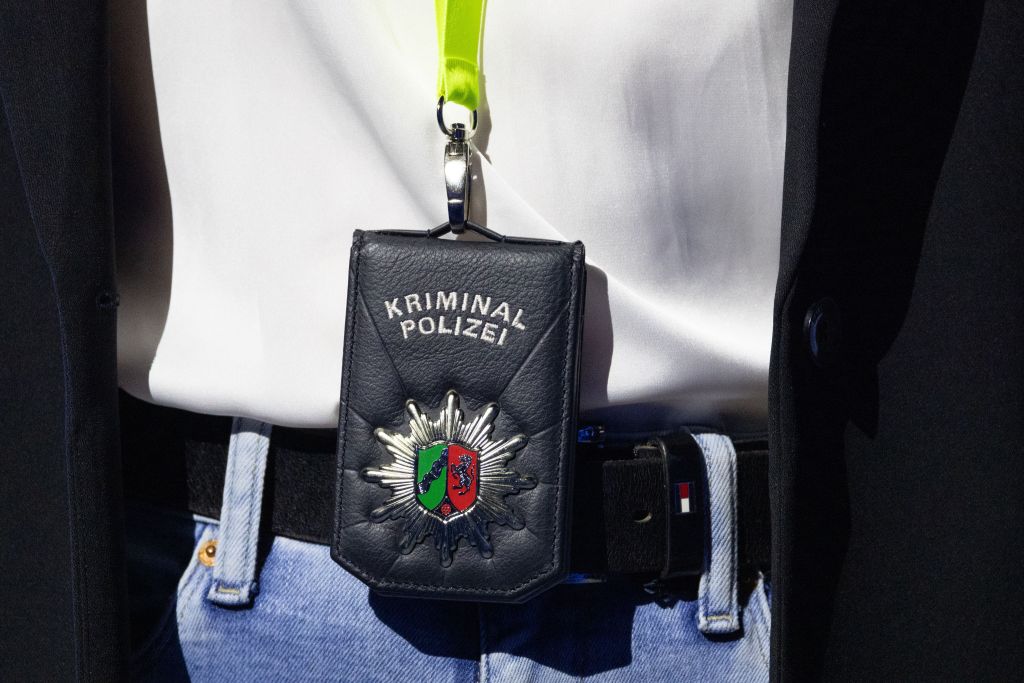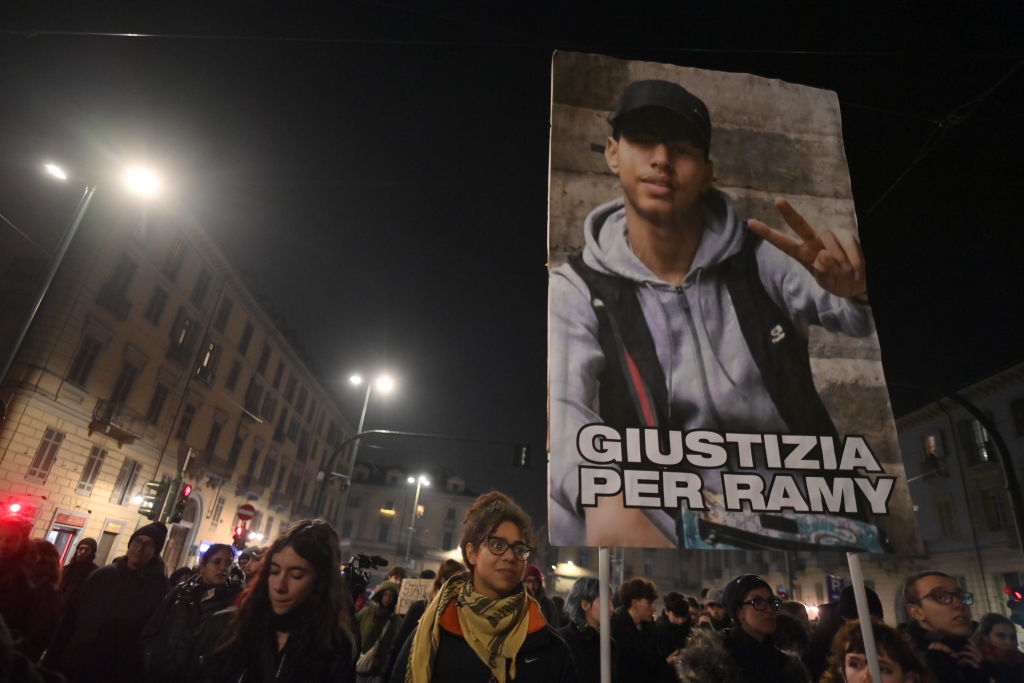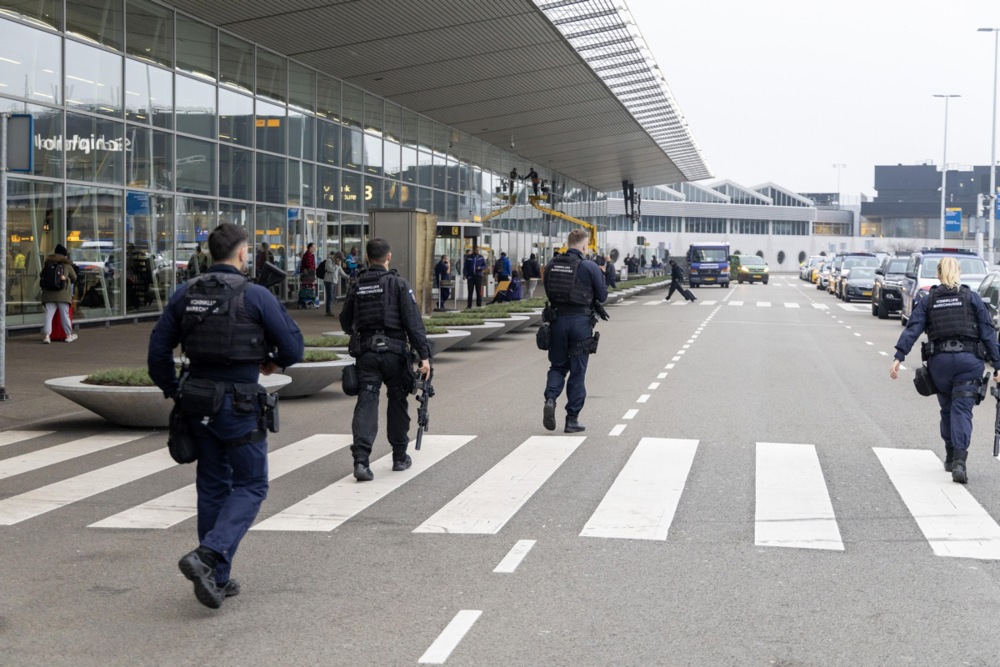Dutch police have arrested three suspects over the theft of golden archaeological masterpieces from Romania.
The suspects were held on January 29, while a fourth person, of whom the police released three photos, was still at large.
A search was still underway for the stolen goods from the Drents Museum in Assen, the police said, with 35 police officers working on the investigation. Several houses have been searched across the country.
All three suspects were being held in restricted custody, meaning they may only have contact with an attorney.
Police in the province of Noord-Holland’s Heerhugowaard, less than an hour north of Amsterdam, made the three arrests.
Heerhugowaard is also close to Alkmaar, where the thieves’ stolen car was taken. The Volkswagen Golf was later found burned out.
The police said they were looking for a dark Ford Transit, which may have been involved in the robbery. Other items including hammers, a sledgehammer and a crowbar, along with clothing, were also being searched for.
They said they had been able to find DNA traces and glass traces in forensic investigations.
“Three people have been detained by the Dutch police, suspected of committing this theft with a particularly serious impact on Romanians. None of the three are Romanian,” said Romania’s interior minister Bogdan Despescu.
In the robbery in Assen on January 25, four priceless art treasures from Romania were stolen, including the 2,500-year-old helmet of Cotofenesti. The pieces were on loan from the National Historical Museum in Bucharest.
In a press conference just after the theft, Romanian Prime Minister Ciolacu said: “Like all Romanians, I am furious that objects from the Romanian treasures were stolen from a museum in the Netherlands where there were no guards.”
“We cannot accept this situation. If this had occurred in Romania, we would have faced severe backlash. I urge the Minister of Justice to collaborate with top experts to thoroughly review the contract with the Dutch museum and demand an unprecedented level of compensation.”
Ernest Oberländer Târnoveanu, the general director of the National Museum of Romanian History who was responsible for lending out the artwork, has reportedly been fired after almost 15 years in the post.
Romania’s culture minister Natalia Intotero proposed that such artefacts no longer be exhibited outside of the country, with replicas instead being loaned to museums abroad.
Because of the fame and recognisability of the art, weighing around 1kg, some experts said they feared the thieves might choose to melt them down and sell the gold.
A prominent museum in Romania, the National Brukenthal Museum in Sibiu, has been closed in protest. Management argued that the theft in Assen demonstrated what they said was the need for more attention to protecting national heritage.
Ministrul Culturii, Natalia Intotero, l-a #demis pe directorul Muzeului Naţional de Istorie a României, Ernest Oberländer-Târnoveanu, după #furtul unor piese de patrimoniu dintr-un muzeu din #Olanda. (1/3) pic.twitter.com/JZy4gtpvjn
— Radio Romania International (@RRInternational) January 28, 2025
The Dutch museum expressed its hopes that the artworks would be safely found.
“We are very pleased with the hopeful news regarding the arrests in Noord-Holland,” the Drents Museum said in a statement.
“The safe return of the stolen artefacts would be a fantastic next step for all involved. Not only for us, but especially for the Romanian people.”
“The theft has deeply affected many people; in Romania, but also here in Assen. We are extremely grateful for all the expressions of support we have received,” it concluded.
On its website, it stressed its professional track record and high safety standards.
It highlighted that, over the past few decades, it has showcased “remarkable collections such as the famous Chinese Terracotta Army, the Dead Sea Scrolls, the Nebra Sky Disk, unique artifacts from Pompeii, treasures from Guatemala, Iran, Nubia, and Armenia, as well as paintings by renowned artists like Kazimir Malevich, Edward Hopper, Ilya Repin, Frida Kahlo, Rembrandt van Rijn, and Vincent van Gogh”.
“In recent years, the museum has received multiple international awards, including the audience award from the Global Fine Art Awards, the Dutch Exhibition Award, and a special mention at the German Design Award,” it said.
The museum attracts almost 200,000 visitors annually and after being closed following the robbery, it will be open to the public again on January 31.





